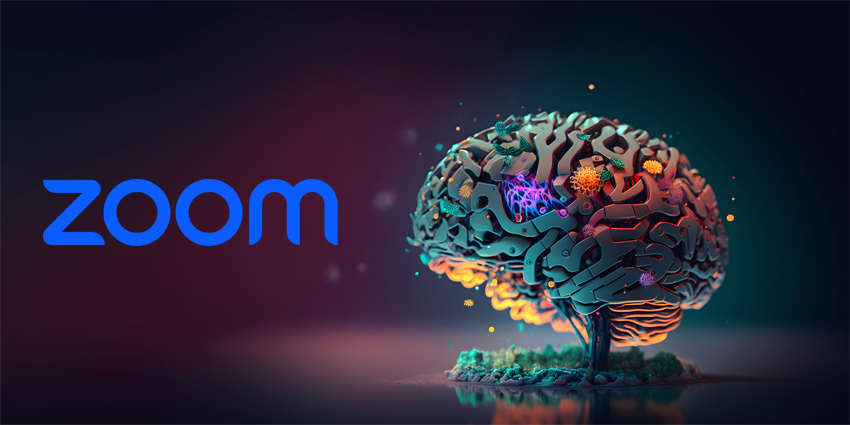Customer behavior and expectations are constantly changing, and a company’s CX strategies must keep up.
A 2021 Facebook report found that 79 percent of customers believe that the CX they receive is just as important as the product companies sell. This makes it crucial for companies to optimize customer experiences in an agile way.
How can organizations do that? Here are five recommendations.
1. Adopting a Human-Centered Approach to CX
Human-centered design is a problem-solving technique that enables businesses to create products, services, and experiences that deeply resonate with their target market by putting real people at the center of the development process. Applying this to the CX design process, the goal becomes to keep customers’ wants, needs, and dislikes in mind.
The three stages of human-centered design are inspiration, ideation, and execution. During the inspiration phase, the company experiences the customers’ environment to understand their needs and desires.
During the ideation phase, the CX team synthesizes learned lessons, identifies opportunities for reassessment, and creates prototypes of viable solutions.
After learning from the test case scenarios, companies should keep working on the design and incorporate customer journey upgrades and tweaks throughout the implementation phase.
2. Optimizing the Customer Experience for Mobile Devices
Today, mobile devices like smartphones and tablets are crucial avenues of customer interaction and require appropriate website optimization. Mobile friendliness is also an essential aspect of search engine optimization (SEO), and mobile performance metrics affect a website’s rankings in search results.
By monitoring the following metrics, companies can optimize customer experiences for mobile:
- Cumulative Layout Shift (CLS): This assesses the stability of content on the page. Generally, the better (or the lower) the CLS, the fewer chances of a website shifting its content as it transitions from mobile to desktop and vice versa. This means fonts, photos, and other media will load on the website more smoothly.
- First Input Delay (FID): When a user engages with a website, this metric assesses how quickly the browser reacts to a request, such as clicking a button, tapping a screen, or performing scheduled online tasks.
- Largest Contentful Paint (LCP): This gauges the speed at which the heaviest content loads. It is primarily composed of the main content that resides above the fold — i.e., the visible portion of the website content that users can immediately view without scrolling.
3. Strengthening Self-Service Capabilities
Customers seek solutions to their issues and often prefer not to interact with customer reps. This is where self-service CX comes into play.
A knowledge base, for instance, has a large store of material that can be browsed and searched. It could include articles, blogs, tutorials, how-to videos, and FAQs that customers want.
On the other hand, instant self-service for customers is made possible by digital assistants like chatbots. Recent developments in AI and machine learning have improved how well digital assistants optimize customer interactions, often deflecting calls away from contact centers.
4. Investing in Hyper-Personalization
Hyper-personalization takes the idea of personalization to a whole-new level — moving from a group or demographic subset to a more intimate, individual stage.
Hyper-personalization features become better as more data is accessible. For example, bots at contact centers can monitor client discussions in real time and proactively offer information to agents so that the dialogue can be streamlined and personalized.
5. Using Virtual Agents to Reduce Customer and Agent Effort
Virtual agents interact with customers, analyze their concerns, and provide answers. These bots rely on AI to automate interactions and cut down on both the work and wait time for customers.
There are two primary methods for implementing virtual agents. The first is creating a highly customized agent experience using existing conversational engines, like Microsoft’s Power Virtual Agents. The second is using a conversational AI system specifically designed for the task, such as Yellow.ai.
However, proceed with caution when implementing virtual agents. While they can offer quick, 24/7 service, 2022 Zendesk research reveals that three in every five customers (60 percent) suffer from frequent disappointment when dealing with chatbots.
Closing Thoughts
Customer experience benchmarks are (and will continue to be) changing faster than ever. To keep up, companies must have an agile mentality that can adapt to any CX expectation, extend and diversify channels, and scale up or down quickly.
Along with this flexibility, companies need a robust CX strategy to drive home consistent and memorable brand messaging at every touchpoint.
Looking for more ideas to improve digital CX? If so, check out our video: Customer Experience in the Digital Workplace







